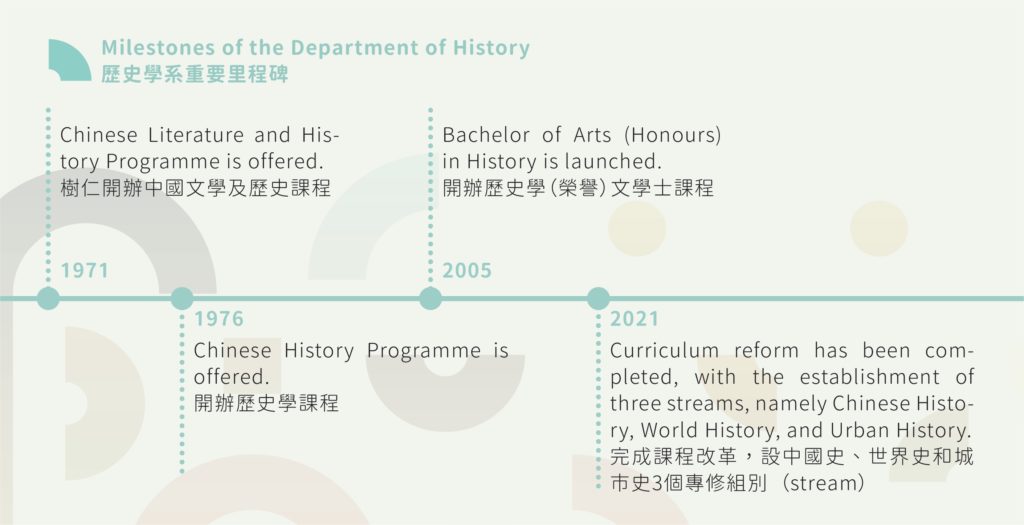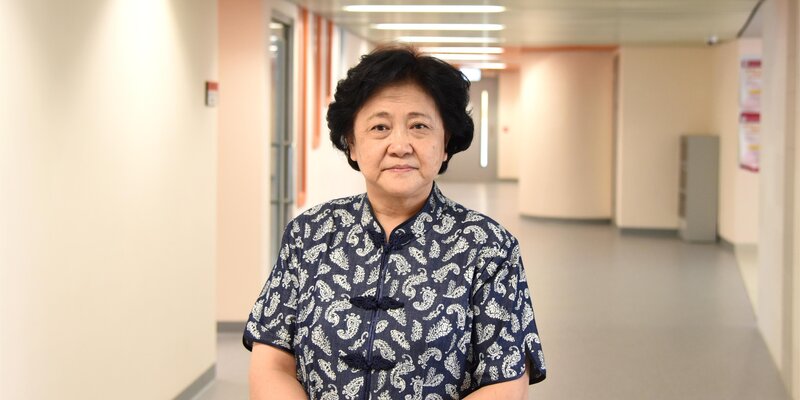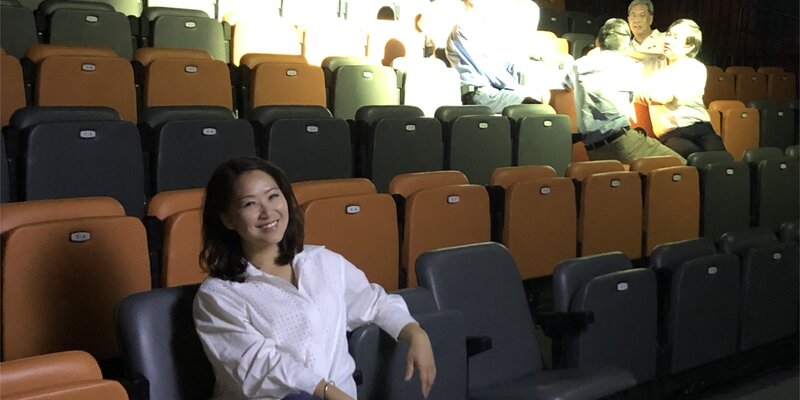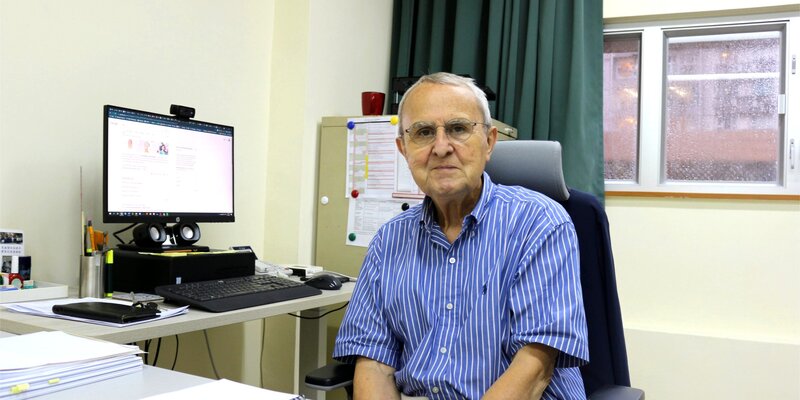
The Department of History completes the curriculum reform of the Bachelor of Arts (Honours) in History Programme. From 2021/2022 onwards, students can choose one of the three streams, namely Chinese History, World History and Urban History according to their own interest.
Professor WEI Chuxiong, Distinguished Professor and Head of the Department of History, says that the core of the history programme at SYU has always been dynastic history of China. Although courses, like Chinese Contemporary History, Hong Kong History, and China and the World etc. have been introduced successively in recent years, imperial Chinese history is the major focus for the curriculum. This year, the Department has completed the curriculum reform which includes: (1) using Chinese history as the foundation, while adding World history and Urban history; (2) having three streams to provide options for students; and (3) making General Chinese History a compulsory subject and courses in dynastic history electives.
Professor WEI indicates that strengthening the curriculum with world history and urban history courses will not only broaden students’ history knowledge, but also make the curriculum “more systematic and complete.” As the curriculum is formed by the three building blocks, namely Chinese history, world history and urban history, the Department is offering three “streams.”
“These three are streams. We do not call them concentrations. Concentrations should be “Chinese/World/Urban History in Historical Studies.” We do not have the resources to set them up at the time being, but students can still choose electives in different streams according to their interests,” says Professor WEI.
Professor WEI adds that although there are three streams, the Department will not force students to choose one of them for in-depth studies. If students are interested in any one of the three streams, students can express their intention for specializing in Year 2.
According to Professor WEI, some courses in world history and urban history are brand new. Courses in world history encompass “Western Art History”, “History of Modern Western Technology”, “Western Intellectual History” etc., while those in urban history include “Introduction to Urban History”, ‘Chinese Urban history”, “Global History of Cities”, ‘History of Urban Arts and Designs” and “Urbanization, Industrialization and Globalization” etc.
“In studying Chinese history, students have to put it into the big picture of world history for investigation. In studying urban history, we need to consider cities in Chinese history and world history and take a close look at the impacts of China and the world on different cities. Conversely, we also need to look at the influences of various cities on the development of China and the world,” says Professor WEI.
Talking about reforms in the teaching of Chinese history, Professor WEI points out history departments at prestigious universities in Greater China, like Peking University and Nankai University, mostly make general history of ancient/modern/contemporary China compulsory, with courses in dynastic history becoming electives. “The advantage of this design is that students can progress from easy to difficult, starting from a broad base, and then specializing in dynastic and thematic history.”
When asked about future development of the Department, Professor WEI answers that he and his colleagues have been exploring ways to advance teaching and research in digital humanities and considering launching courses in the like of “Digital Technology and Archaeology.” While teachers and students are encouraged to make use of digital media in field trips and oral history projects, the Department also welcomes students to use short films/videos to record their learning processes and outcomes.

Source:50th Anniversary Special Issue


